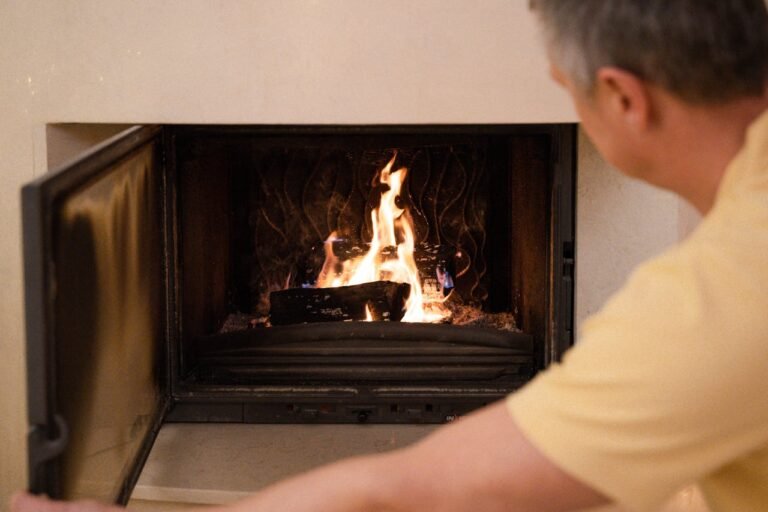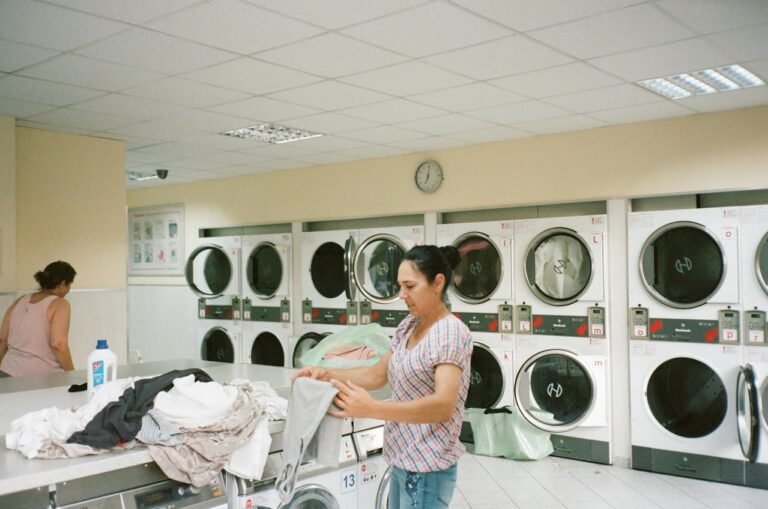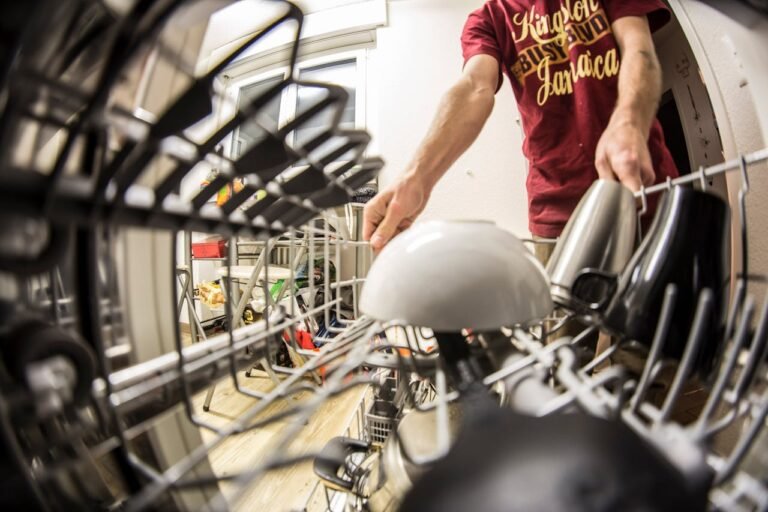10 Green Technology Examples for Transforming Homes into Energy-Efficient Havens
Imagine a future where every home not only runs on clean energy but also generates it. A home where technology does more than just keep you comfortable—it actively reduces your carbon footprint and contributes to a healthier planet. That future is already here, thanks to advances in green technology. Whether you’re a homeowner looking to reduce energy bills or an eco-conscious individual aiming to reduce your environmental impact, green tech offers a powerful, practical solution.
I’ve spent years researching green technologies and have implemented many in my own home. What I’ve discovered is that the possibilities are truly transformative—both for the environment and for your day-to-day living experience. Today, I’m sharing a comprehensive guide to the top 10 green technologies you can incorporate into your home, from the common to the cutting edge, complete with real-world examples, data-backed insights, and practical advice.

In This Article
- 1. Wastewater Treatment
- 2. Indoor Air Quality Monitors
- 3. Solar Energy
- 4. Backyard Wind Turbines
- 5. Smart Thermostats
- 6. Composting
- 7. Smart Power Strips and Outlets
- 8. Smart Recycling and Waste Management: Making Waste a Resource
- 9. Rain Barrels: Conserving Water the Old-Fashioned Way
- 10. Geothermal Heat Pumps
What is Green Technology?
Green technology refers to environmentally friendly innovations designed to reduce the consumption of non-renewable resources, minimise waste, and protect ecosystems. The goal is simple: to create sustainable systems that work in harmony with nature. From energy-efficient appliances to water-saving solutions, green technology impacts every aspect of home life, and it’s continuously evolving.
The beauty of green tech is that it’s not just about helping the planet; it also delivers personal benefits such as lower energy bills, healthier living environments, and increased home value. Let’s dive into 10 examples of how you can integrate this technology into your home today.
1. Wastewater Treatment
In my own home, one of the first green technologies I adopted was a wastewater treatment system. It might sound complicated, but the idea is simple: treat and recycle wastewater to reduce the consumption of fresh water.
Technologies such as membrane filtration, microbial fuel cells (MFC), and nanotechnology are at the forefront of wastewater treatment. These processes work together to filter out contaminants, purify water, and even generate bioelectricity through microorganisms.
When I installed a small-scale system for my household, I was sceptical at first. How could treating our own wastewater really make a difference? But within the first year, we noticed a dramatic reduction in our water usage—close to 30% savings—and cleaner water being returned to the ecosystem. Plus, the system provided an unexpected benefit: the ability to generate a small amount of electricity through microbial fuel cells. It was a perfect example of how green tech can save money while also reducing environmental impact.
Expert Insight: According to a report from the World Resources Institute, innovations in wastewater treatment could save up to 4 trillion litres of water annually worldwide, while also significantly reducing harmful pollutants.
Actionable Tip: For homeowners interested in starting small, look into greywater recycling systems that divert water from sinks and showers for garden irrigation. It’s an affordable first step toward water conservation.
2. Indoor Air Quality Monitors
When it comes to green tech, people often overlook the importance of indoor air quality (IAQ) monitors. Poor indoor air can have major health impacts, leading to conditions like asthma, allergies, and respiratory issues. As someone with kids who have sensitive respiratory systems, this hit close to home for me.
Installing IAQ monitors in key areas of your house, such as bedrooms and living spaces, allows you to track levels of carbon monoxide, volatile organic compounds (VOCs), and dust particles. I noticed that the readings would spike when using certain cleaning products, so we switched to more eco-friendly alternatives, and the air quality improved dramatically.
Data to Back It Up: The U.S. Environmental Protection Agency (EPA) has found that the average American spends 90% of their time indoors, where pollutant levels can be two to five times higher than outdoor levels.
Personal Experience: After installing an IAQ monitor, we discovered that one room in our house had abnormally high CO2 levels due to poor ventilation. By installing a simple exhaust fan, the problem was solved. It’s those little changes that can make a big difference.
3. Solar Energy
It’s no surprise that solar energy is one of the most popular green technologies. Solar panels have come a long way in both efficiency and affordability, and they’re one of the best investments you can make for your home. I took the plunge into solar energy three years ago, and the results have been nothing short of amazing.
Personal Story: We live in a sunny region, so installing solar panels on our roof made sense. Initially, the installation seemed like a big investment, but within five years, we were able to break even, thanks to government incentives and energy savings. Now, our panels generate enough energy to power our home, and we sell the excess back to the grid. On average, we save about $1,200 per year in electricity costs.
Data to Back It Up: According to the Solar Energy Industries Association (SEIA), solar installations can reduce household energy consumption by up to 50%, and most systems pay for themselves within 6-8 years.
Pro Tip: Before installing solar panels, research your state’s financial incentives. Many local governments offer tax rebates or subsidies that can drastically lower the upfront costs.
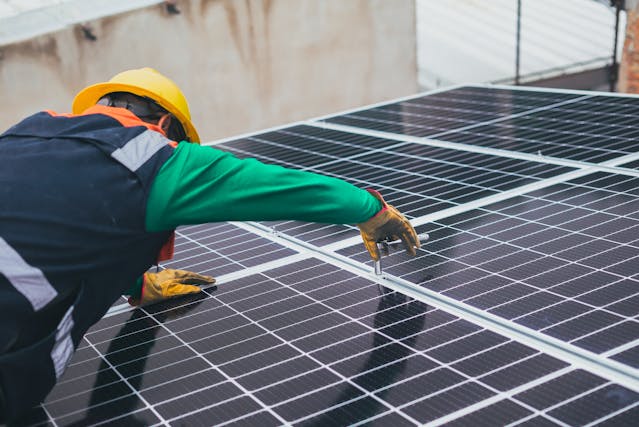
4. Backyard Wind Turbines
If solar energy isn’t an option due to location or cost, backyard wind turbines are a fantastic alternative. These systems convert wind energy into electricity, and while they’re typically more common in rural areas, they can be installed in suburban settings as well.
My friend who lives in a rural part of Kansas installed a small wind turbine in his backyard. Initially, there were concerns about noise and maintenance, but modern designs have minimised both. His 5-kilowatt system now generates enough electricity to power his home’s essential appliances. In windy months, he’s able to generate excess energy, which he stores in batteries for later use.
Data to Back It Up: A study by the U.S. Department of Energy shows that a typical residential wind turbine can generate between 5,000 and 18,000 kWh annually, depending on the wind speed and turbine size.
Pro Tip: If you’re considering wind energy, check local zoning regulations first. Some areas have height restrictions or noise ordinances that could impact your installation plans.
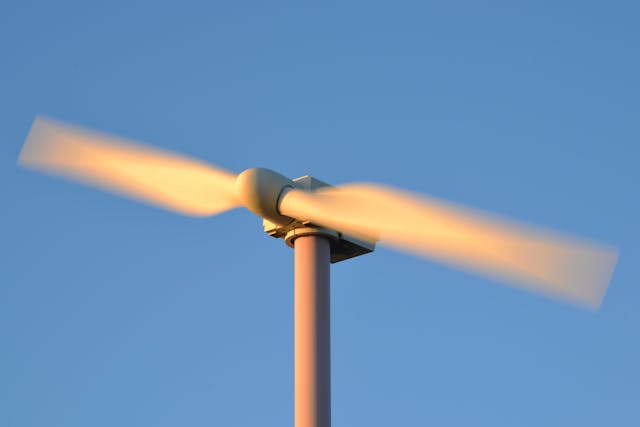
Learn More: How to Make Your House More Sustainable
5. Smart Thermostats
Smart thermostats have revolutionised home heating and cooling. These devices can adjust the temperature based on occupancy, learning your habits to optimise energy use. When I installed a smart thermostat in my home, I noticed a nearly immediate drop in energy consumption, without sacrificing comfort.
During the winter months, the thermostat automatically lowers the heat when we’re sleeping or out of the house. In the summer, it adjusts the air conditioning to only cool rooms that are occupied. It even sends us monthly energy reports, showing how much we’ve saved.
Data to Back It Up: According to Energy Star, smart thermostats can save homeowners an average of 8% on heating and cooling costs annually, which translates to about $50–$130 per year, depending on energy rates.
Expert Insight: “By integrating smart thermostats with other home automation technologies, you can significantly reduce both energy use and costs while maintaining optimal indoor comfort,” says Dr Susan Harris, an expert in sustainable home technologies.
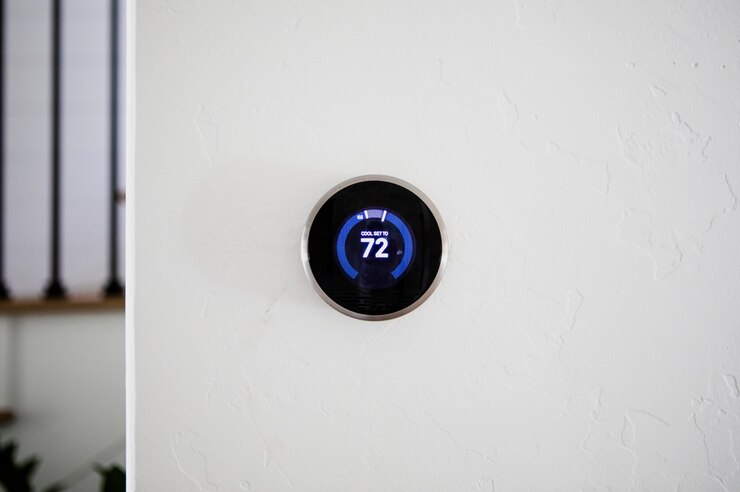
6. Composting
Composting is one of the simplest, yet most effective green technologies for homes. It transforms kitchen scraps and yard waste into nutrient-rich fertilisers. When we started composting in our homes, it was primarily to reduce food waste. What I didn’t expect was how much of a difference it would make in our garden.
With just a countertop composter and a small outdoor compost bin, we’ve turned our food scraps into rich soil that has helped our vegetable garden flourish. Not only are we reducing landfill waste, but we’re also cutting down on the need for chemical fertilisers.
Data to Back It Up: According to the Environmental Protection Agency (EPA), food scraps and yard waste make up 30% of what we throw away. By composting, you can reduce your household waste significantly.
Pro Tip: If you don’t have a garden, check if your community offers composting services or donate your compost to local farmers or community gardens.

7. Smart Power Strips and Outlets
One of the most surprising changes I made in my home was switching to smart power strips and outlets. Many appliances, even when turned off, continue to draw power—often referred to as “vampire energy.” I had no idea my TV and gaming consoles were costing me extra each month just by being plugged in.
Smart power strips automatically cut power to devices that are in standby mode, and it’s made a noticeable difference in our monthly electricity bill. The best part? I didn’t have to remember to unplug everything myself. It’s a “set it and forget it” kind of solution.
Data to Back It Up: Research from the Lawrence Berkeley National Laboratory shows that standby power accounts for as much as 5–10% of total residential electricity use. For the average household, that’s an extra $100–$200 per year.
Pro Tip: Look for smart strips that offer individual outlet control. This way, you can customise which devices get shut off and which stay on.
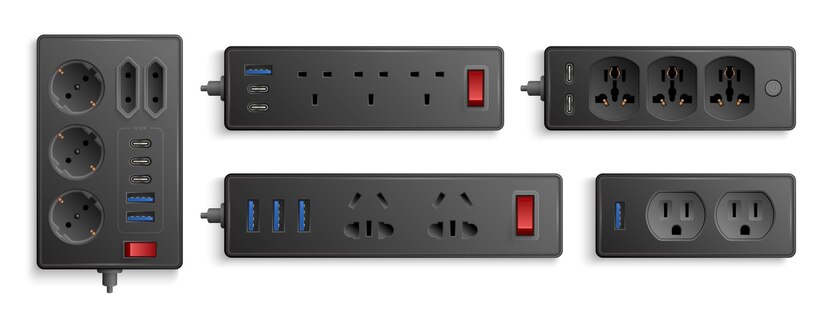
8. Smart Recycling and Waste Management: Making Waste a Resource
Recycling and waste management technologies have come a long way in recent years. I’ve started using a waste-tracking system that monitors how much food waste we generate, and I’ve even installed a smart recycling sorter in the kitchen. The system scans items to ensure they go into the correct recycling bin, making the process easier and more efficient.
I’ve also learned a lot about reducing plastic waste by using optical scanning technologies that separate plastics from other materials more effectively. Some cities have started adopting these systems at the municipal level, but there are now small-scale versions available for home use.
Expert Insight: “With advances in AI-driven waste sorting technologies, we’re able to recycle more materials than ever before, which reduces the burden on landfills and conserves resources,” says Dr Emily Parker, a waste management specialist.
Learn More: Are Micro Homes Eco-Friendly?
9. Rain Barrels: Conserving Water the Old-Fashioned Way
At first, I was hesitant to install rain barrels in my backyard. Would they really make a difference? However, after a particularly dry summer, I realised how valuable this simple technology could be. Rain barrels collect runoff from your roof and store it for later use—perfect for watering plants, washing outdoor furniture, or even cleaning your car.
Each barrel can hold up to 90 gallons of water, and with just a couple of heavy rainfalls, they were full. Since installing them, we’ve reduced our outdoor water usage by about 40%.
Data to Back It Up: According to the Environmental Protection Agency (EPA), using rain barrels can save the average homeowner 1,300 gallons of water during peak summer months.
Pro Tip: Position your barrels under a downspout for maximum water collection. And if you live in an area with frequent rain, consider linking multiple barrels together for increased storage capacity.
10. Geothermal Heat Pumps
If you’re ready to make a major investment in green technology, geothermal heat pumps are the way to go. These systems use the Earth’s consistent underground temperature to heat and cool your home, drastically reducing energy consumption. I haven’t personally installed one (yet), but a close friend who did couldn’t stop raving about the results.
While the upfront cost is significant, geothermal systems can reduce heating and cooling costs by up to 70%. My friend’s home, located in a region with extreme temperatures, is now comfortably heated in winter and cooled in summer with minimal energy use.
Data to Back It Up: According to the U.S. Department of Energy, geothermal heat pumps can achieve efficiencies of 300–600% on the coldest winter nights, compared to 175–250% for air-source heat pumps.
Pro Tip: If you’re considering geothermal, look for government incentives. Many states offer rebates or tax credits that can offset the installation costs.
Conclusion: The Future of Green Technology is Now
Incorporating green technologies into your home is more than just a trend—it’s a practical, sustainable way to reduce your environmental impact while also improving your quality of life. From simple solutions like smart power strips and rain barrels to larger investments like solar panels and geothermal heat pumps, there’s a green technology for every budget and every household.
As someone who has implemented many of these technologies, I can tell you that the results are real. Our home is more energy-efficient, our bills are lower, and we feel good knowing we’re doing our part to protect the environment.
But beyond the personal benefits, adopting green technologies is about thinking bigger. It’s about contributing to a future where homes are not only more comfortable and affordable to maintain but also help combat the global climate crisis.
So, whether you’re starting small with a smart thermostat or diving into a large project like a solar installation, know that every step you take toward a greener home is a step toward a more sustainable future.

